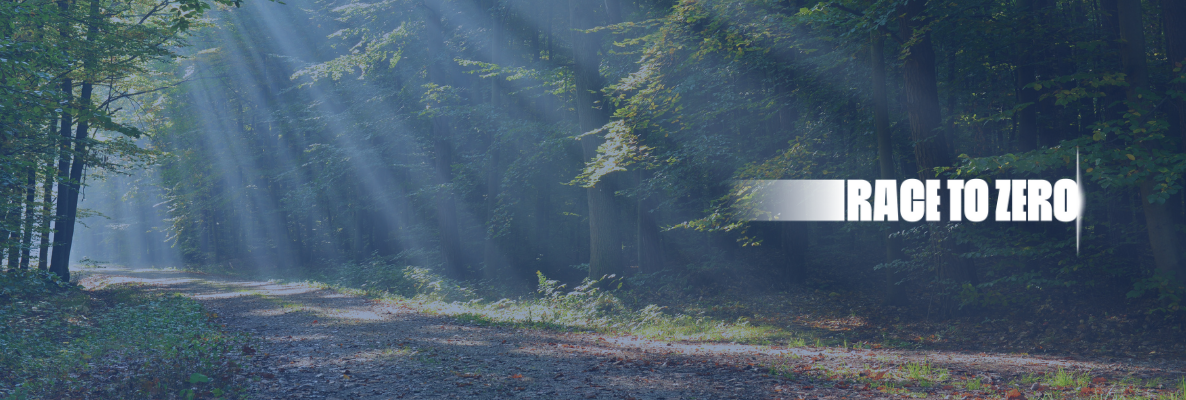
Monday 16th November — Why choosing priority areas for conservation works to help wildlife, store carbon and fight climate change. A new report co-authored by the UN Environment Programme World Conservation Monitoring Centre (UNEP-WCMC) and supporting partners shows that coordinating priority areas to conserve both biodiversity and carbon stocks is key to meeting ambitious goals for both nature and climate.
Monday 16th November 2020
Why choosing priority areas for conservation works to help wildlife, store carbon and fight climate change.

Conserving 30 per cent of land in strategic locations could safeguard 500 gigatonnes of carbon stored in vegetation and soils – around half the world’s vulnerable terrestrial carbon stocks – and reduce the extinction risk of nearly 9 out of 10 threatened terrestrial species.
A new report co-authored by the UN Environment Programme World Conservation Monitoring Centre (UNEP-WCMC) and supporting partners shows that coordinating priority areas to conserve both biodiversity and carbon stocks is key to meeting ambitious goals for both nature and climate.
It highlights areas where global conservation action can deliver the most to achieve biodiversity goals and mitigate climate change. new research shows that when prioritising areas for conservation, accounting for biodiversity and carbon together can secure 95 per cent of the biodiversity benefits and nearly 80 per cent of the carbon stocks that could be obtained by prioritising either value alone.
The report was launched as part of the UN Framework Convention on Climate Change’s (UNFCCC) Race to Zero Dialogues – specifically on nature’s pivotal role in the fight against the climate crisis.
“There is no climate solution without the full contribution from nature. As the UNEP-WCMC report and the work of UN-REDD show, if we are able to realise the full contribution of nature to climate change mitigation, we will have also achieved the goal of biodiversity conservation,”
Inger Andersen, Executive Director of UNEP
Citing similar conclusions, a new science paper shows that combining deforestation and species distribution models improved chimpanzee conservation in the Ntakata Mountains in Western Tanzania. Projects to reduce emissions from deforestation and degradation (REDD) are designed to reduce carbon emissions through avoided deforestation and degradation, and in many cases do produce additional community and biodiversity conservation benefits. However to date, quantifying conservation impacts has been challenging.
In the Ntakata Mountains REDD project in western Tanzania, a combined application of deforestation modelling with species distribution models was used to assess forest conservation benefits in terms of avoided carbon emissions and improved chimpanzee habitat. This is a novel approach that permits better design of future REDD projects for biodiversity gains and more accurate reporting for verification.